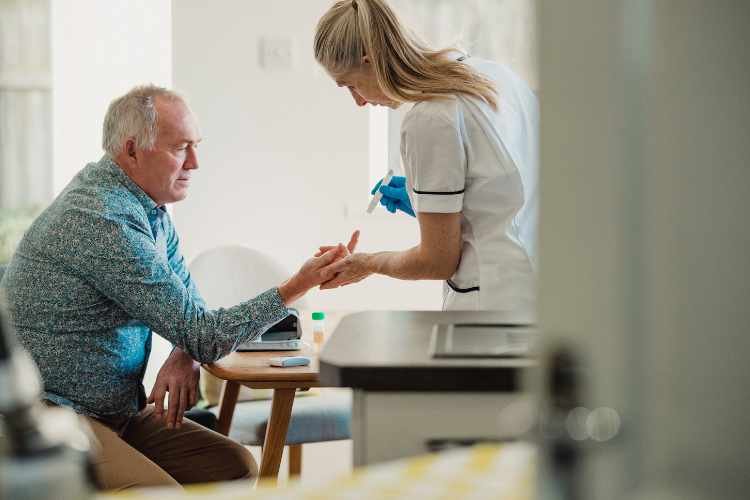In the realm of diabetes management, a symbiotic relationship appears to be flourishing between Continuous Glucose Monitoring (CGM) technology and GLP-1 drugs, according to a recent analysis conducted by Abbott. The study delves into the usage trends of Abbott’s FreeStyle Libre CGM technology and the increasingly popular GLP-1 drugs developed by pharmaceutical giants like Novo Nordisk and Eli Lilly. These treatments are making significant strides in helping individuals manage Type 2 diabetes and achieve their weight management goals.
Leveraging insurance claims data and their proprietary models, Abbott’s analysis uncovers a compelling connection between CGM devices and GLP-1 drugs. Although specific adherence statistics were not disclosed, the data-driven insights reveal that users who combine both approaches tend to exhibit higher adherence levels compared to those who rely solely on one method.
The findings remained consistent across various parameters, spanning both 2019 and 2022 data and encompassing two distinct user groups: intensive patients, who administer multiple insulin injections daily, and non-intensives, who either rely solely on basal insulin or do not use insulin to manage their diabetes.
Also Read: How Mounjaro Boosted Eli Lilly’s Sales And Fought Obesity
Conversely, the analysis also demonstrated that GLP-1 adherence, denoting the number of days patients adhered to the drug regimen, was consistently higher among individuals using both GLP-1 therapy and a FreeStyle Libre CGM device, in contrast to those solely on GLP-1 therapy. This trend held firm across the different years of data and both insulin-intensive and non-intensive user categories.
Abbott suggests that the synergy between CGMs and GLP-1 drugs thrives because CGM devices, like the FreeStyle Libre, offer valuable data and insights into users’ health. This information empowers individuals to gain a deeper understanding of how their dietary choices and physical activity impact their glucose levels, motivating them to make informed short- and long-term lifestyle changes. Incorporating a GLP-1 drug into their regimen can be a strategic step in enhancing their health outcomes.
Moreover, CGMs provide a layer of accountability that fosters greater therapy compliance and long-lasting results, as per Abbott’s analysis.
Also Read: National Institute For Health And Care Excellence Remains Skeptical About The Effectiveness Of Mounjaro For Diabetes
Additionally, the study highlights the potential safety benefits of using a CGM, especially for GLP-1 users, including those who also use insulin. CGMs help reduce the risk of hypoglycemic events, thereby enhancing patient safety.
These findings come at a crucial juncture, as the adoption of CGMs and GLP-1 drugs—either individually or in tandem—has seen a rapid upswing in recent years. According to Abbott’s data, the global user base for FreeStyle Libre has surged from 1.3 million in 2018 to an impressive 5.2 million users as of June this year. Furthermore, the percentage of FreeStyle Libre users with Type 2 diabetes who also incorporate GLP-1 drugs into their regimen has climbed from approximately 25% to over 40% during the same period.
As demand for GLP-1 drugs like Wegovy and Ozempic continues to skyrocket, Abbott’s analysis has not only provided invaluable insights but also delivered a significant boost to the company’s stock, mirroring the positive outcomes revealed in the study. Following the report’s release, Abbott’s stock experienced a noteworthy surge of approximately 3.5%, marking a substantial increase from below $96 at market close on Wednesday to well over $98 by the end of the day on Thursday.





























